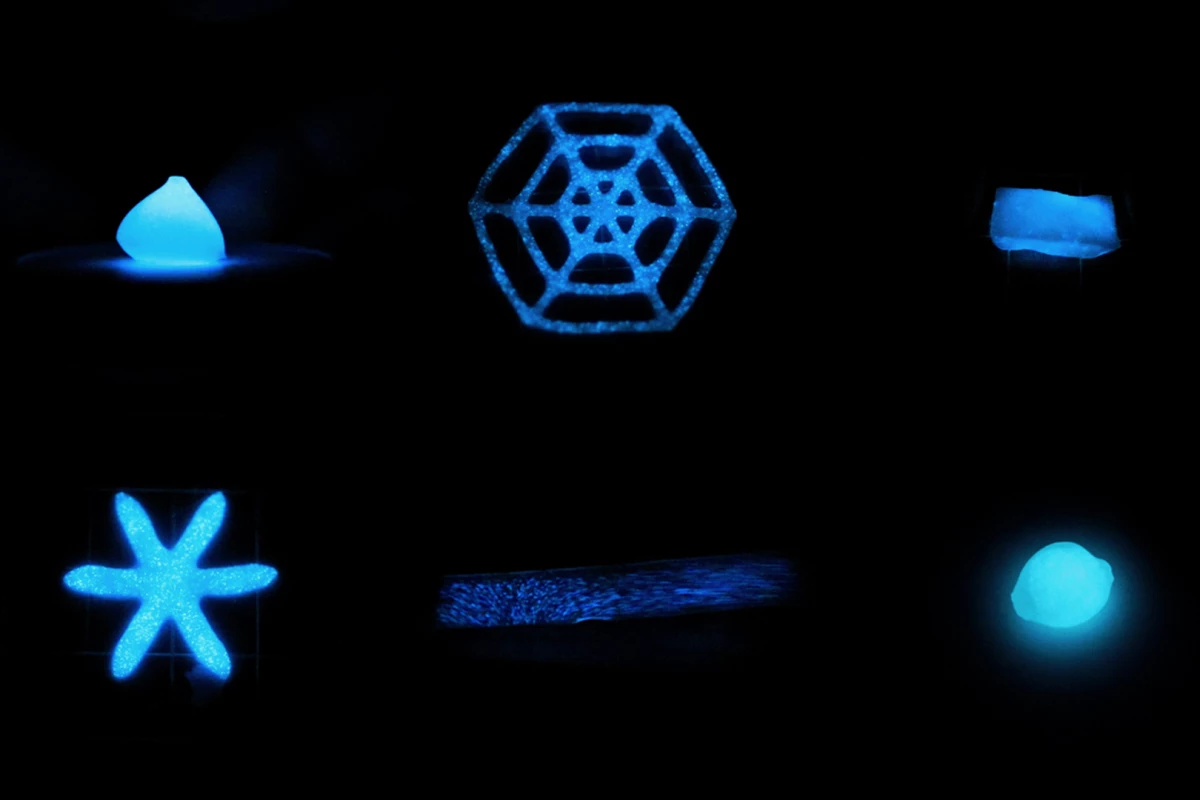Whether they're in machines, buildings or aircraft, it's always helpful to know if components are undergoing mechanical stress. A new material could quickly and easily let inspection personnel know, utilizing integrated glowing algae.
Developed by scientists at the University of California - San Diego, the experimental substance is made mainly of a seaweed-based polymer (called alginate) combined with live single-celled algae known as dinoflagellates. It also contains a polymer called poly(ethylene glycol) diacrylate, to help it withstand heavy loads.
At home in the ocean, dinoflagellates produce flashes of light in order to deter predators. In small structures 3D-printed out of the new material, they likewise emit light when the material is pressed, stretched or twisted – the greater the amount of mechanical stress, the brighter they glow.
Importantly, mechanical stress sensors made of the material would not require any power source or electronics. That said, the dinoflagellates do require regular cycles of light exposure and darkness in order to perform photosynthesis – energy gained from the light is used to produce bioluminescence in the dark. So far, the 3D-printed structures have performed for about five months with little maintenance under "harsh conditions."
Once developed further, the material could conceivably also be utilized in applications such as soft-bodied robots, or medical implants which use light signals to release drug payloads or perform treatments.
"This current work demonstrates a simple method to combine living organisms with non-living components to fabricate novel materials that are self-sustaining and are sensitive to fundamental mechanical stimuli found in nature," said Chenghai Li, a PhD candidate working in the lab of the study's senior author, Prof. Shengqiang Cai.
A paper on the research was recently published in the journal Science Advances. The structures made from the material can be seen in glowing action, in the following video.
Source: UC San Diego




